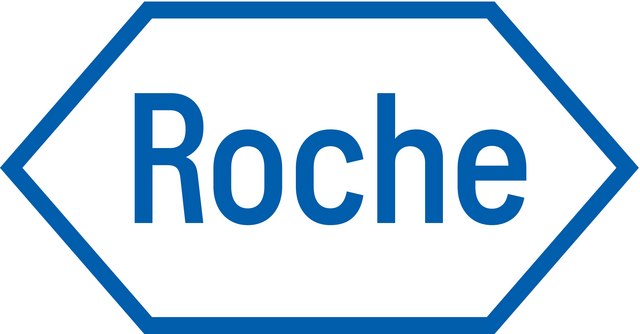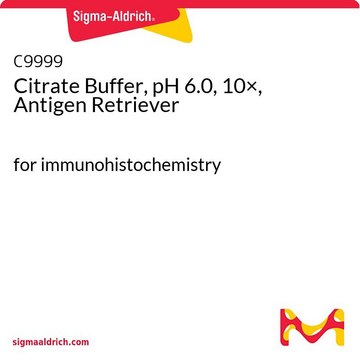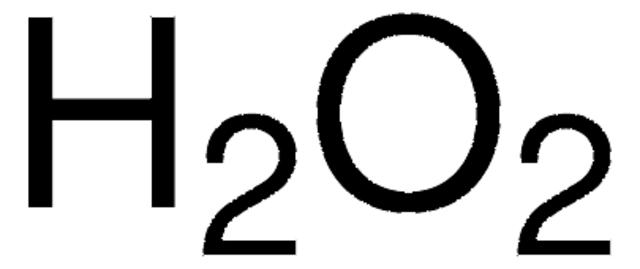추천 제품
일반 설명
D-β-hydroxybutyrate dehydrogenase (BDH) is a membrane bound lipid-requiring enzyme.
애플리케이션
β-Hydroxybutyrate Dehydrogenase from Pseudomonas lemoignei has been used in coupled assay to confirm the formation of acetoacetate.
Suitable for the determination of acetoacetate and D(-)-3-hydroxybutyrate by the method of Williamson, D. H., and Mellanby, J., Methods of Enzymatic Analysis, Bergmeyer, H., ed., 2nd edition, 4, 1836 (1974).
생화학적/생리학적 작용
In Paracoccus denitrificans, 3-hydroxybutyrate dehydrogenase plays a key role in the degradation of intracellular polyhydroxybutyrate and polyhydroxyvalerate.
In mammalian systems, β-hydroxybutyrate dehydrogenase is localized on the inner mitochondrial membrane and requires phosphatidyl choline for activity. In contrast, the enzyme from Pseudomonas is a soluble cytosolic enzyme that does not require a phospholipid allosteric activator. The enzyme is required for the utilization of ketone bodies as a source of metabolic energy. It catalyzes the oxidation of 3-hydroxybutyrate to acetoacetate, the first step in the conversion of ketone bodies to citric acid, which is then further metabolized via the tricarboxylic acid cycle (Krebs cycle).
단위 정의
One unit will oxidize 1.0 μmole of D-β-hydroxybutyrate to acetoacetate per min at pH 7.8 at 37 °C.
물리적 형태
lyophilized powder containing sucrose, β-NAD and Tris buffer salts
Storage Class Code
11 - Combustible Solids
WGK
WGK 3
Flash Point (°F)
Not applicable
Flash Point (°C)
Not applicable
개인 보호 장비
Eyeshields, Gloves, multi-purpose combination respirator cartridge (US)
자사의 과학자팀은 생명 과학, 재료 과학, 화학 합성, 크로마토그래피, 분석 및 기타 많은 영역을 포함한 모든 과학 분야에 경험이 있습니다..
고객지원팀으로 연락바랍니다.






